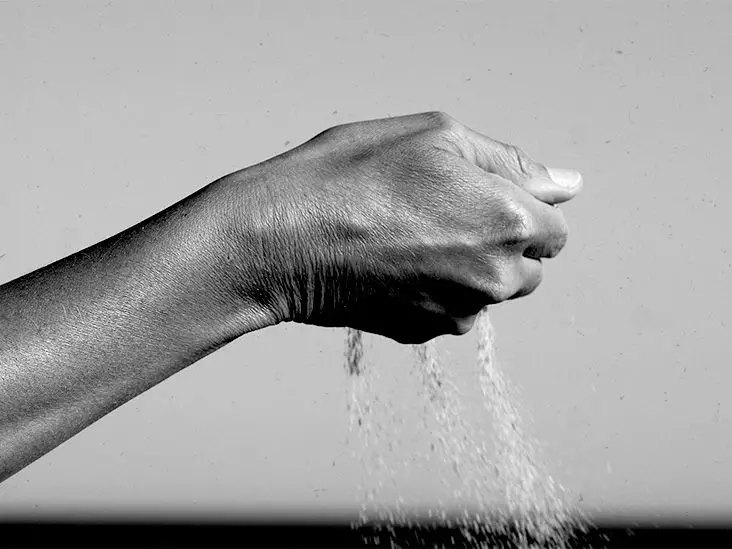Diabetes is a chronic condition that predominantly affects blood sugar regulation, leading to a myriad of health complications. Among the lesser-discussed, yet significant, consequences of diabetes is urinary incontinence, a condition that can profoundly impact quality of life. This article will explore how diabetes influences urinary incontinence, the underlying mechanisms at play, and the strategies available to manage both conditions effectively.
At its core, diabetes undermines the body’s ability to regulate blood sugar through insulin, a hormone crucial for glucose metabolism. In Type 2 diabetes mellitus (T2DM), the situation becomes complicated due to insulin resistance—where the body fails to respond effectively to insulin. This impairment in glucose processing does not only elevate sugar levels in the bloodstream but also initiates a cascade of health issues. High glucose levels can precipitate cardiovascular diseases, vision impairment, nerve damage, and, notably, urinary complications.
For individuals grappling with poorly managed diabetes, the symptoms can extend beyond elevated blood sugar; urinary incontinence emerges as a prevalent issue. Defined as an involuntary loss of urine, this condition can manifest in several forms, including an urgent need to urinate, frequent bathroom visits—even at night—and episodes of unintentional leakage.
Insulin Resistance and Nerve Function
Delving deeper into the mechanics of diabetes, one pertinent factor is diabetic neuropathy, which affects nearly 60% of diabetes patients. This nerve damage can disrupt the neurological control of the bladder, leading to significant urinary issues. The autonomic nervous system, responsible for regulating involuntary functions, is affected, making it difficult for the bladder to communicate effectively with the brain.
Patients may experience overflow incontinence, characterized by the inability to fully empty the bladder, resulting in unintentional leakage due to overfilling. Further, diabetic sufferers are particularly susceptible to developing an overactive bladder, which is marked by heightened urinary urgency and frequency. The implications are well documented; studies have indicated that those with T2DM experience an overactive bladder at rates double that of the general population.
The relationship between obesity and T2DM cannot be ignored. Data from recent studies highlight that obesity accounts for a significant proportion of T2DM diagnoses—around 44%. Excess body weight can lead to increased pressure on the pelvic region and bladder, which diminishes the ability to control urination. For example, in a study of women in Palestine, those classified as obese (with a BMI of 30 or more) displayed a 50% higher risk of experiencing urinary incontinence than their non-obese counterparts. This statistic underscores the critical need for weight management in the prevention and treatment of diabetes-related complications.
Moreover, conditions such as constipation can further complicate urinary health. Constipation can contribute to both urge and overflow incontinence by exerting extra pressure on the bladder and the surrounding muscles, leading to excessive contractions of the bladder that result in urinary urgency. Therefore, addressing bowel health is integral to managing urinary symptoms, particularly in individuals with diabetes.
Patients facing urinary incontinence often go through a thorough evaluation process, starting with a detailed account of their symptoms and lifestyle. Healthcare providers may request a bladder diary to assess fluid intake and urination frequency, alongside diagnostic tests that may include blood glucose assessments, urine tests, and urodynamic evaluations.
Treatment strategies for diabetic urinary incontinence predominantly focus on stabilizing blood sugar levels. However, additional options exist that look to restore bladder control and alleviate symptoms. Various medications like anticholinergics or beta-3 agonists may reduce urgency or frequency. Additionally, medical devices or procedures, tailored based on the type of incontinence, may also contribute to symptom relief. For instance, individuals suffering from stress incontinence might benefit from a pessary, whereas overflow incontinence may necessitate catheterization.
Effective management of diabetes and its subsequent complications, such as urinary incontinence, heavily relies on lifestyle choices. Patients are encouraged to adopt a healthier diet, engage in regular physical activity, and maintain a stable weight. These modifications not only help manage blood sugar levels but can also mitigate obesity-related pressures that contribute to urinary issues.
The intersection between diabetes and urinary incontinence is significant and multifaceted. Understanding the complex relationship between these two conditions provides a pathway for better management strategies. With appropriate therapeutic interventions, lifestyle changes, and medical guidance, individuals can navigate this challenging terrain to enhance their quality of life.

